The Humber Scout Car was a British light scout car entering service in 1942, and in production until 1945. This was Humber's response to the Daimler Dingo being in huge demand. She was built on the same basic specifications. It was to be also used for reconnaissance and liaison between units, but was much heavier and larger. Both protection and armament were minimal, the crew of only two had access to a radio and Bren Guns for defence. Less successful that the Dingo, it still could evade what it could not fight. The Daimler Ferret armoured car was inspired by in 1952. This vehicle was mostly used by Polish and Czech units, as well as the French in Indochina.
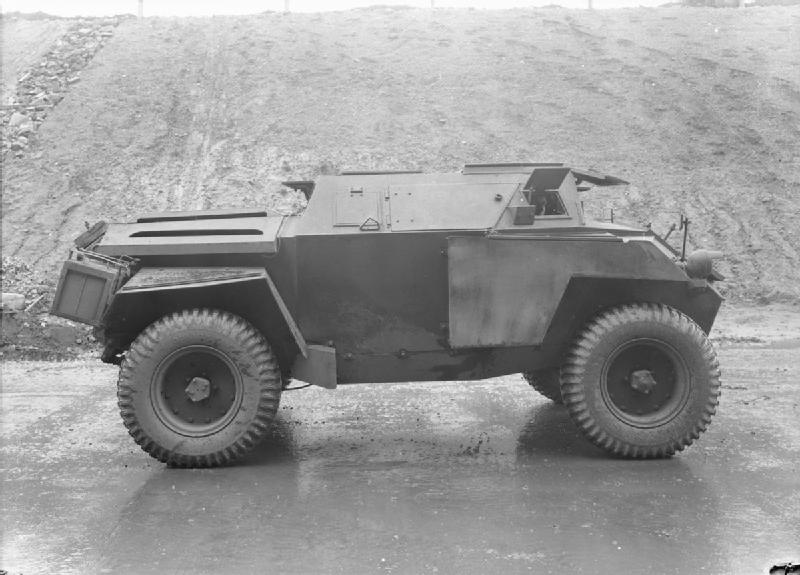
Official factory photo, Mark I, profile
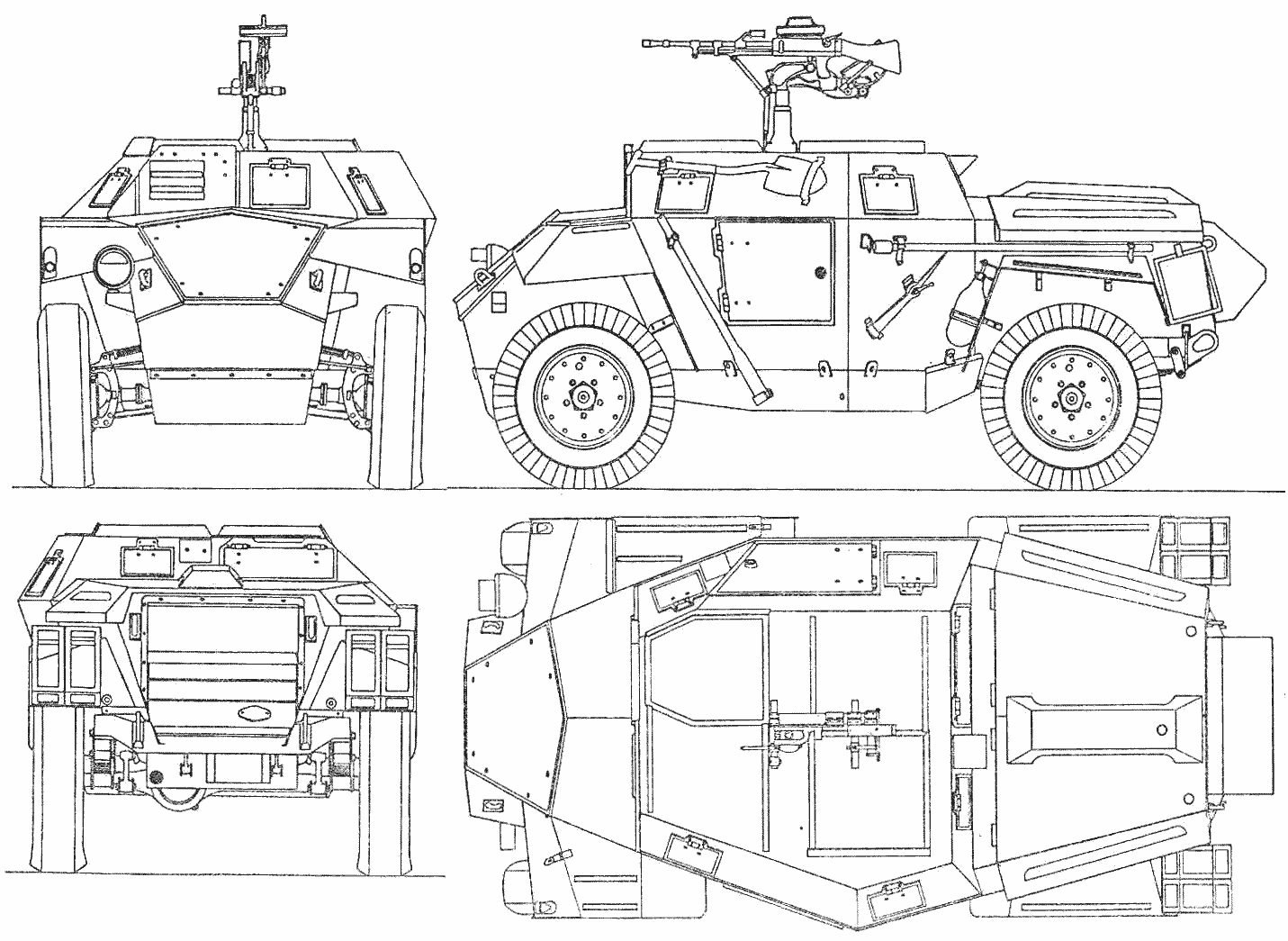
General outline
Although the British Army had already selected the Daimler Dingo for production in 1940, the need for scout cars was so great that as war went on, Daimler alone was never able to provide the numbers requested. Other companies were soon required, not directly licence-produce the vehicle (which was a patents and industrial nightmare) unlike US practice, the companies contacted could propose similar vehicles. That's what Humber did along others part of the Rootes Group. At the time, though, Humber was already comitted into two models, the Humber armoured car and Humber Light Reconnaissance Car (to cover next) . In 1942, Humber built a vehicle similar to the Dingo in layout, and to keep the weight down, had it partially open top, but with an unarmoured floor unlike the Dingo. This offered a bit of protection against the weather, but not against shrapnel.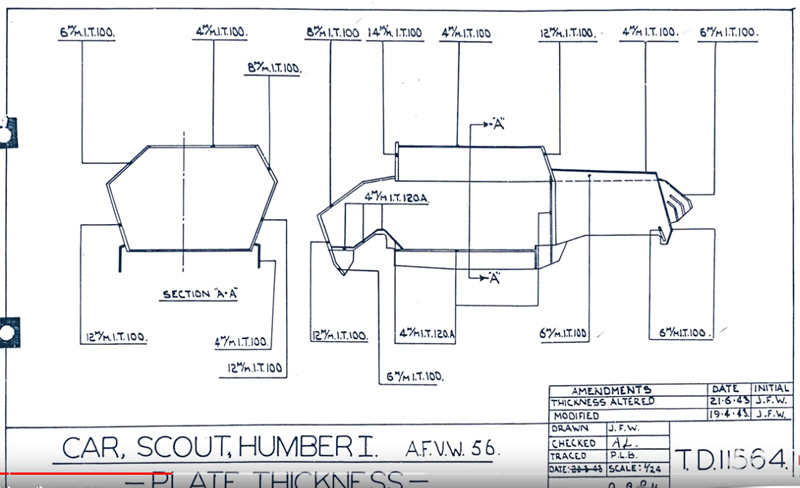
Armor scheme
The Humber Scout Car carried a crew of two seated side by side, a driver and machine-gunner, with an emergency seat for a third member. The Daimler Scout was equipped with a No. 19 radio set, and had enough space for extra storage. It was more than 3 tonnes in battle order, and much taller, larger than the Dingo, not as agile on the battlefield. For access/exit there were two hatches in the roof forward, semi-prismatic, and two squared ones at the rear of the roof, for the third member and/or access storage.
The hull itself was asymetric, with an angular left-side, protruding outwards and a flat right side. There were four armoored shutters along the upper section of the walls, towards the roof, and two more forward on the flat plate. There were also two larger side access hatches, one on the lower left side and other on the upper right side in case the vehicle rolled over. Access to the engine at the rear was allowed by two large panels, hinging centrally.
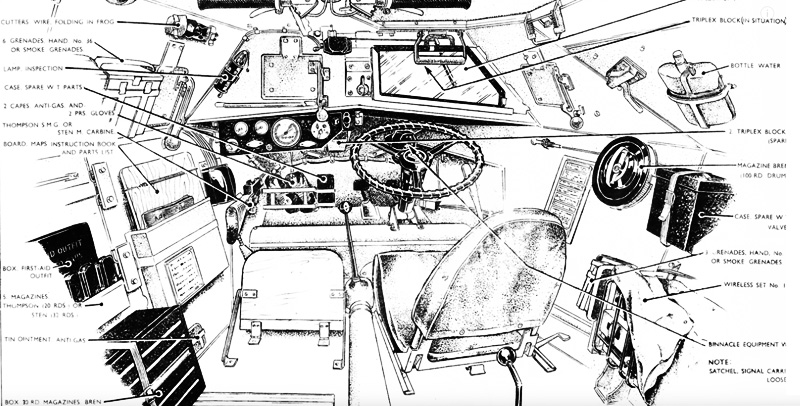
Interior
The sides also had a few hooks and straps for external tooling, the full set (crowbar, hammer, jack, pickaxe and shovel). Stowage however was rather internal than external, with the muguards fore and aft only accepting moderately heavy haversacks and other personal effect bags. There was some extra storage forward, and racks, single ou double at the rear of the rear fenders to hold two to four fuel canisters. There was also another extra triangular box on the back plate.
Lighting consisted in a main right side headlamp and blackout light, two signal lamps (on each fenders) and repeat light at the back. There was also a utility towing hook at the back plate and several hook eyes to allow lifting forward and back anchored on structural hardpoints. The vehicle was not equipped with a winch and has no APU.
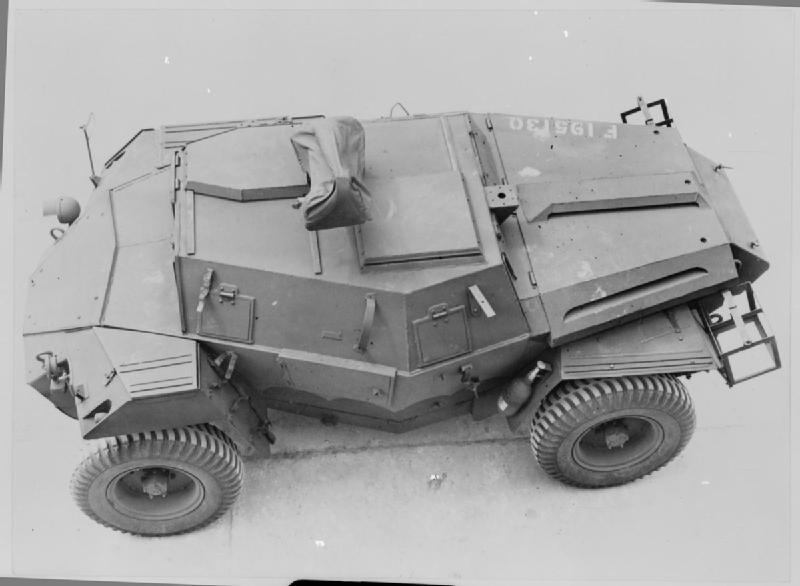
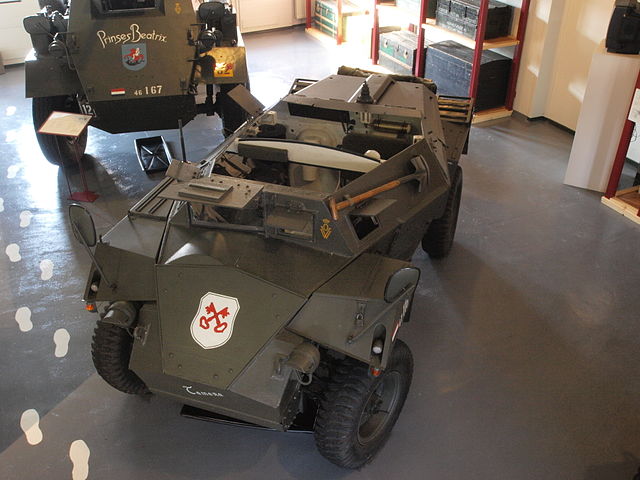
Top views
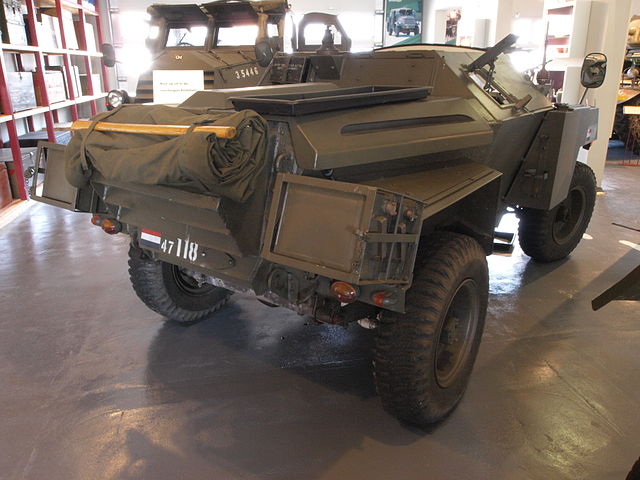
Rear View
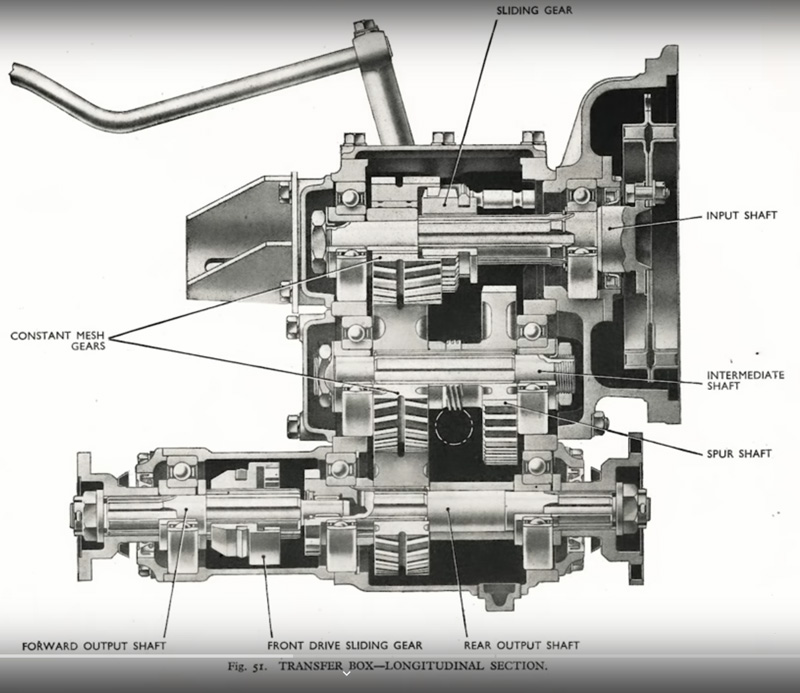
Transfer Case
The vehicle was powered by a 87 hp Humber 6-cylinder in the back, also shared by a number of other vehicles in Rootes Group. This was a 4.088 cm3 (249 cubic inches) displacement unit, liquid-cooled with a carburettor. The 87 hp were obtained at at 3.300 rpm. The 4-speed gearbox was coupled with a transfer case of 2 speed with front axle declutch (in "high" only). The Electrical system was rated for 12 volt. It also had Hydrualic brakes. Tyres of of thestandard 9.25 - 16 Type of "run-flats" type, giving a range of 50 miles on a punctured tyre.
The four speed (one reverse) gearbox had a single-speed transfer box at first rather than a 2-speed one. This system however procured 4WD (Four wheel drive) as expected. It was a semi-synchomesh system easing the drive also. Suspensions used rocking arms and torsion bars, not leaf springs. The fuel capacity was 88 liter (19.5 gallons) enabling a range of 320 km (200 miles). It could also ford water obstacles up to 0.91 m (36 inches).
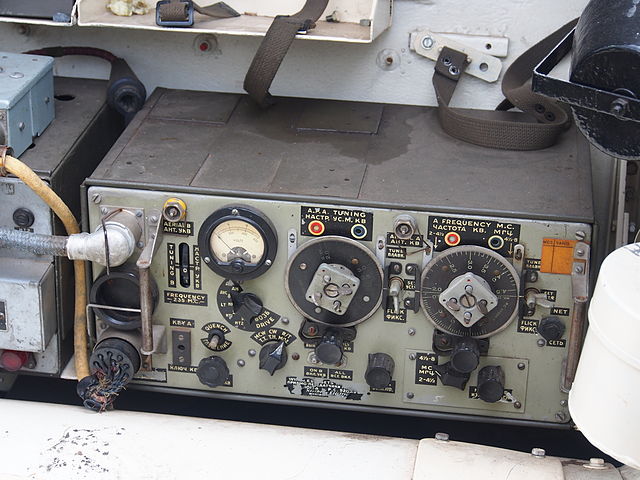
Radio Mark 19
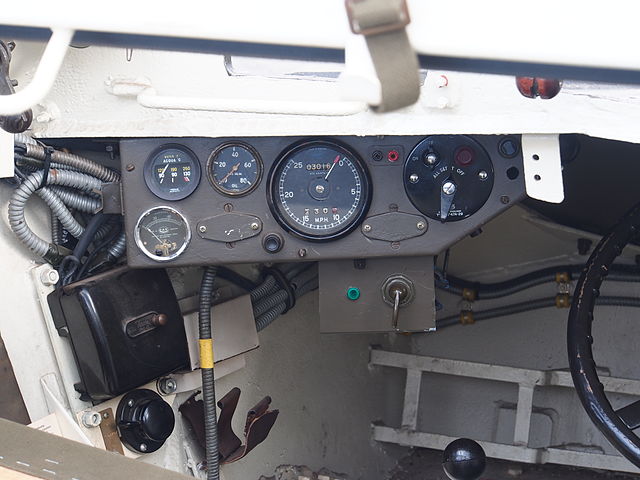
Dashboard, Mark 1 vehicle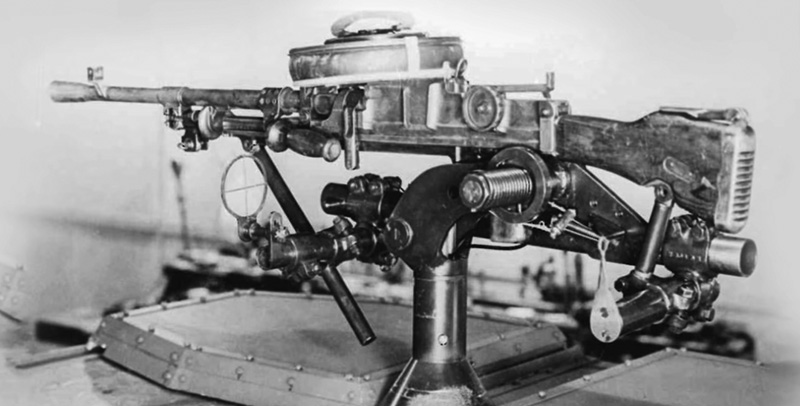
The armour thickness was limited to 6 mm (0.25 in) -lower plates, back, side, to 12 mm (0.5 in) (upper plates) and 14 mm (0.6 in) for the front plate. Sloping plates also artificially increase the thickness. No smoke dischargers or extinguishers but a basic one were provided.
The armament consisted of one Bren light machine gun, with a 100-round drum with a second Bren added if necessary, stored at the rear as cartiridge boxes. The dual roof mounted centrally was a clever piece of kit. It was an early "RWS" or remote weapon system called a PLM mount. Thanks to a periscope, it could be operated from inside the vehicle, using a bicycle handlebar with "brake" levers firing the triggers of the single or two Brens installed. The Bren guns could be also replaced by a Vickers K Machine-gun, using a drum magazine. The two or three crewmen can also carry a small personal weapon, Webley or Enfield pistol, or Sten LMG.
There was a Mark II, virtually identical but with an improved transmission, and raised armour over the steering wheel.
Production of the vehicles continued until 1945. At least 4,298 were ordered and at least 4,102 delivered, 1,698 of them Mk I.
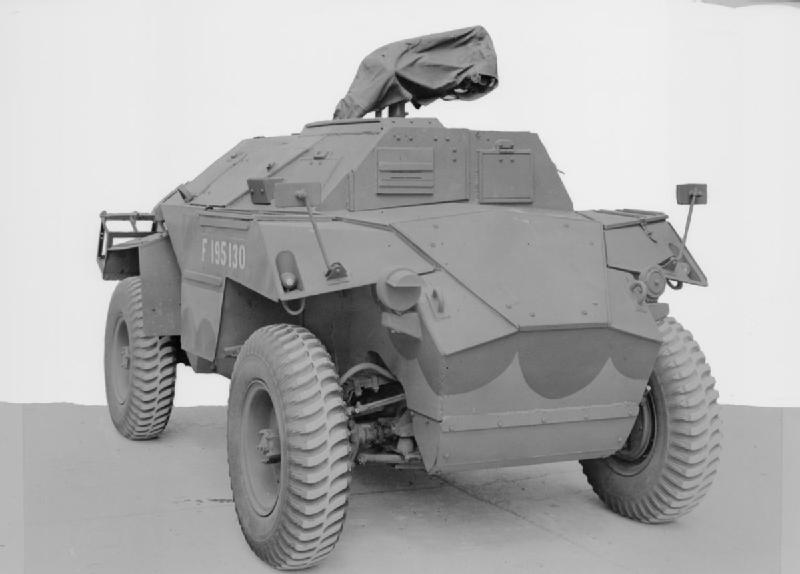
Camouflaged vehicle with the remote firing mount under tarpaulin
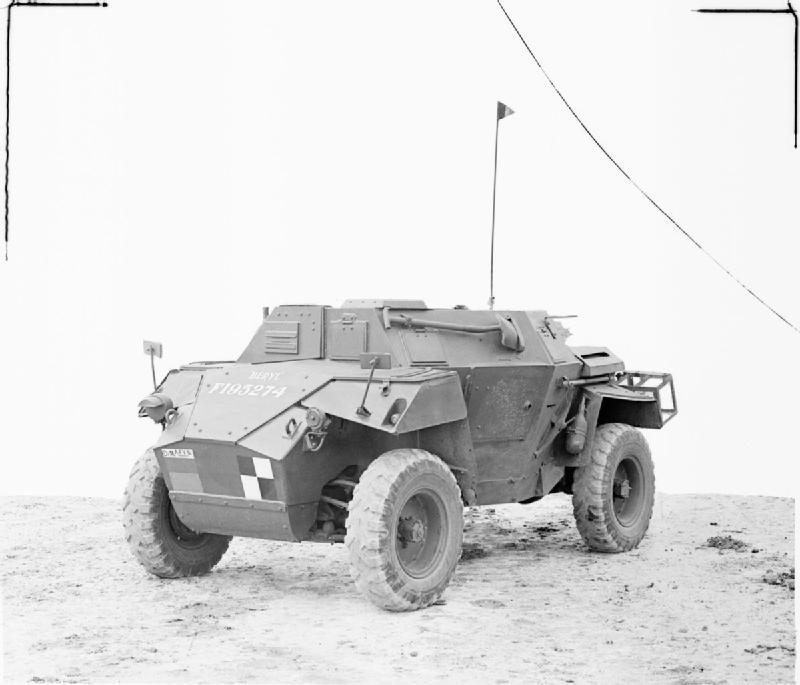
British Army vehicle, 1944
The Humber Scout car arrived in late 1942 in the first active units, used by British armoured units (such as the 11th Armoured Division and Guards Armoured Division. Like the Dingo it was used for scouting and liaison but generally considered far less capable and reliable than the Dingo. Due to this, Humber scouts were attributed instead of Dingoes to the Polish II Corps and 1st Czechoslovak Armoured Brigade.
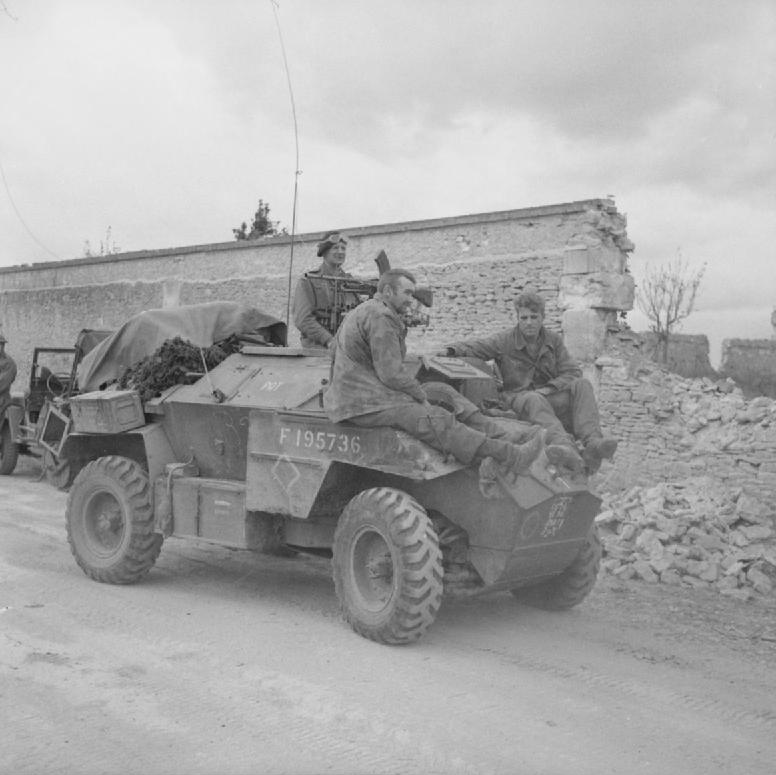
SC Vehicle in Caen, July 1944
After the war, the Humber scout still saw extra use in some European armies, like the Belgian one, using Mk II vehicles as part of their tank and reconnaissance units until 1951. Some ended with the Belgian police and in use until 1958. Denmark also obtained these, and they were reequipped with ring mounts and simpler machine gun cradles. The third operator, and best known, used something like 70 vehicles or more in Indochina. They saw heavy action until 1952-53. They were modified with an extra "turret" and a supplementary MG in the hull's co-driver position.
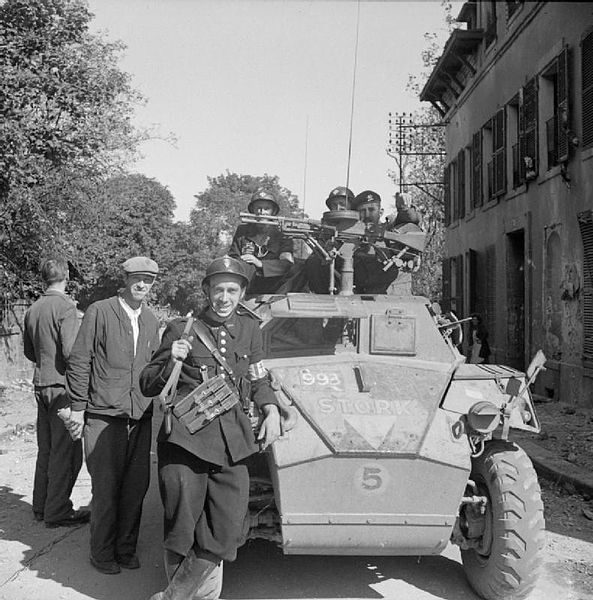
With French FFI reducing Le Havre Pocket, 1945
They were modified, having an extra MG fitted to the left of the driver, and they went further in fitting a topless "turret" around the MG post. Most were destroyed in the 1960s or spent in Britain as targets for tank gunnery practice. As of today about 20 are known to exist, including one in working order. One was featured in the hollywood war movie "a bridge too far", with Michael Caine as "Col. Vandeleur", which stands erect in his Humber scout car ready to give his armoured column the signal to depart for the single road leading to Arnhem. They saw use under other flags as well: Belgium, Canada, Czechoslovakia, Greece, Netherlands, Norway, Poland, South Africa and Indonesia (Inherited from the Netherlands).
Surviving Indonesian Scout Car
On armyvehicles.dk
wiki
warwheels.net
Surviving vehicles on the schadock.free.fr
Model Kits (scalemates)
ww2 tank encyclopedia archive
I. Moschanskiy - Armored vehicles of the Great Britain 1939-1945 part 2, Modelist-Konstruktor, Bronekollektsiya 1999-02

Official factory photo, Mark I, profile
Design Development

General outline
Although the British Army had already selected the Daimler Dingo for production in 1940, the need for scout cars was so great that as war went on, Daimler alone was never able to provide the numbers requested. Other companies were soon required, not directly licence-produce the vehicle (which was a patents and industrial nightmare) unlike US practice, the companies contacted could propose similar vehicles. That's what Humber did along others part of the Rootes Group. At the time, though, Humber was already comitted into two models, the Humber armoured car and Humber Light Reconnaissance Car (to cover next) . In 1942, Humber built a vehicle similar to the Dingo in layout, and to keep the weight down, had it partially open top, but with an unarmoured floor unlike the Dingo. This offered a bit of protection against the weather, but not against shrapnel.
Hull and general configuration

Armor scheme
The Humber Scout Car carried a crew of two seated side by side, a driver and machine-gunner, with an emergency seat for a third member. The Daimler Scout was equipped with a No. 19 radio set, and had enough space for extra storage. It was more than 3 tonnes in battle order, and much taller, larger than the Dingo, not as agile on the battlefield. For access/exit there were two hatches in the roof forward, semi-prismatic, and two squared ones at the rear of the roof, for the third member and/or access storage.
The hull itself was asymetric, with an angular left-side, protruding outwards and a flat right side. There were four armoored shutters along the upper section of the walls, towards the roof, and two more forward on the flat plate. There were also two larger side access hatches, one on the lower left side and other on the upper right side in case the vehicle rolled over. Access to the engine at the rear was allowed by two large panels, hinging centrally.

Interior
The sides also had a few hooks and straps for external tooling, the full set (crowbar, hammer, jack, pickaxe and shovel). Stowage however was rather internal than external, with the muguards fore and aft only accepting moderately heavy haversacks and other personal effect bags. There was some extra storage forward, and racks, single ou double at the rear of the rear fenders to hold two to four fuel canisters. There was also another extra triangular box on the back plate.
Lighting consisted in a main right side headlamp and blackout light, two signal lamps (on each fenders) and repeat light at the back. There was also a utility towing hook at the back plate and several hook eyes to allow lifting forward and back anchored on structural hardpoints. The vehicle was not equipped with a winch and has no APU.

Top views
Rear View
Engine and Performances

Transfer Case
The vehicle was powered by a 87 hp Humber 6-cylinder in the back, also shared by a number of other vehicles in Rootes Group. This was a 4.088 cm3 (249 cubic inches) displacement unit, liquid-cooled with a carburettor. The 87 hp were obtained at at 3.300 rpm. The 4-speed gearbox was coupled with a transfer case of 2 speed with front axle declutch (in "high" only). The Electrical system was rated for 12 volt. It also had Hydrualic brakes. Tyres of of thestandard 9.25 - 16 Type of "run-flats" type, giving a range of 50 miles on a punctured tyre.
The four speed (one reverse) gearbox had a single-speed transfer box at first rather than a 2-speed one. This system however procured 4WD (Four wheel drive) as expected. It was a semi-synchomesh system easing the drive also. Suspensions used rocking arms and torsion bars, not leaf springs. The fuel capacity was 88 liter (19.5 gallons) enabling a range of 320 km (200 miles). It could also ford water obstacles up to 0.91 m (36 inches).
Radio Mark 19
Dashboard, Mark 1 vehicle
Protection & Armament

The armour thickness was limited to 6 mm (0.25 in) -lower plates, back, side, to 12 mm (0.5 in) (upper plates) and 14 mm (0.6 in) for the front plate. Sloping plates also artificially increase the thickness. No smoke dischargers or extinguishers but a basic one were provided.
The armament consisted of one Bren light machine gun, with a 100-round drum with a second Bren added if necessary, stored at the rear as cartiridge boxes. The dual roof mounted centrally was a clever piece of kit. It was an early "RWS" or remote weapon system called a PLM mount. Thanks to a periscope, it could be operated from inside the vehicle, using a bicycle handlebar with "brake" levers firing the triggers of the single or two Brens installed. The Bren guns could be also replaced by a Vickers K Machine-gun, using a drum magazine. The two or three crewmen can also carry a small personal weapon, Webley or Enfield pistol, or Sten LMG.
There was a Mark II, virtually identical but with an improved transmission, and raised armour over the steering wheel.
Production of the vehicles continued until 1945. At least 4,298 were ordered and at least 4,102 delivered, 1,698 of them Mk I.

Camouflaged vehicle with the remote firing mount under tarpaulin
| Specifications Humber Scout Mark I | Dimensions | 3.83 x 1.87 x 2.13 m (12 ft 7 in x 6 ft 2 in x 7 ft) |
| Total weight, battle ready | 2.4 tonnes (2.4 long tons) |
| Crew | 2 (driver, commander/radio operator) |
| Propulsion | 6-cyl. petrol 87 hp (65 kW) 25.6 hp/tonne |
| Suspension | 4 x 4 wheeled |
| Speed (road) | 100 km/h (62 mph) |
| Range | 320 km (200 mi) |
| Armament | 1-2 0.303 in (7.7 mm) Bren machine guns |
| Armor | up to 14 mm (0.55 in) |
| Total production | 4,100+ delivered, 4,298 ordered |
The Humber Scout Car in action

British Army vehicle, 1944
The Humber Scout car arrived in late 1942 in the first active units, used by British armoured units (such as the 11th Armoured Division and Guards Armoured Division. Like the Dingo it was used for scouting and liaison but generally considered far less capable and reliable than the Dingo. Due to this, Humber scouts were attributed instead of Dingoes to the Polish II Corps and 1st Czechoslovak Armoured Brigade.

SC Vehicle in Caen, July 1944
After the war, the Humber scout still saw extra use in some European armies, like the Belgian one, using Mk II vehicles as part of their tank and reconnaissance units until 1951. Some ended with the Belgian police and in use until 1958. Denmark also obtained these, and they were reequipped with ring mounts and simpler machine gun cradles. The third operator, and best known, used something like 70 vehicles or more in Indochina. They saw heavy action until 1952-53. They were modified with an extra "turret" and a supplementary MG in the hull's co-driver position.

With French FFI reducing Le Havre Pocket, 1945
They were modified, having an extra MG fitted to the left of the driver, and they went further in fitting a topless "turret" around the MG post. Most were destroyed in the 1960s or spent in Britain as targets for tank gunnery practice. As of today about 20 are known to exist, including one in working order. One was featured in the hollywood war movie "a bridge too far", with Michael Caine as "Col. Vandeleur", which stands erect in his Humber scout car ready to give his armoured column the signal to depart for the single road leading to Arnhem. They saw use under other flags as well: Belgium, Canada, Czechoslovakia, Greece, Netherlands, Norway, Poland, South Africa and Indonesia (Inherited from the Netherlands).
Sources
Links
Naming of armored vehicle unitsSurviving Indonesian Scout Car
On armyvehicles.dk
wiki
warwheels.net
Surviving vehicles on the schadock.free.fr
Model Kits (scalemates)
ww2 tank encyclopedia archive
Books
George Forty - World War Two Armoured Fighting Vehicles and Self-Propelled Artillery, Osprey Publishing 1996I. Moschanskiy - Armored vehicles of the Great Britain 1939-1945 part 2, Modelist-Konstruktor, Bronekollektsiya 1999-02
Videos
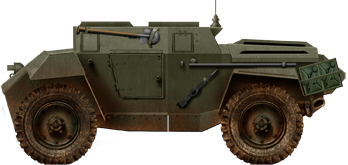
Basic vehicle, unmarked
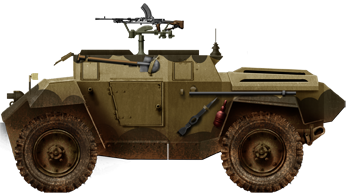
Mk.1 camouflaged early production, May 1943
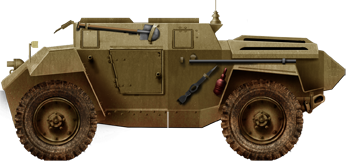
Driver Maintenance School at Lulworth, 1943, SCC2 Brown pattern
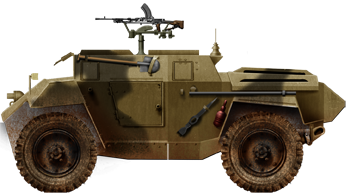
64th Anti-Tank Regiment, 78th Infantry Division, Italy 1944
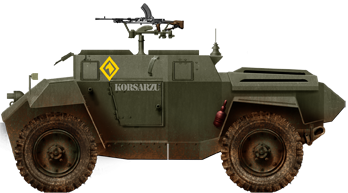
Polish Scout Car from the 1st Krechowce Uhlan Regiment, Loreto, Italy 14 August 1945
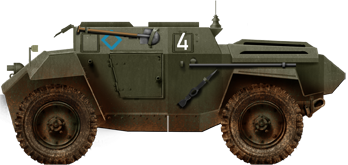
2Cs Czechoslovak Independent Armoured Brigage, 3rd Armoured Bataillon early 1945
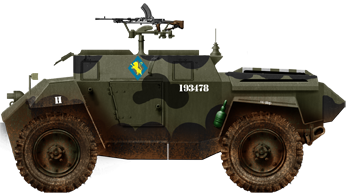
HQ Regiment 6th Armoured Dziecki Lukowskish Italy 1945
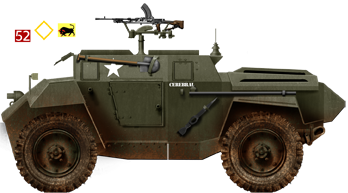
11th Armoured Division, Germany 1945
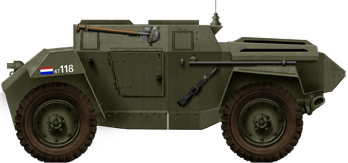
Dutch vehicle, 1947
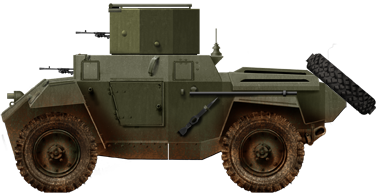
Modified French Scout Car in Indochina 1950
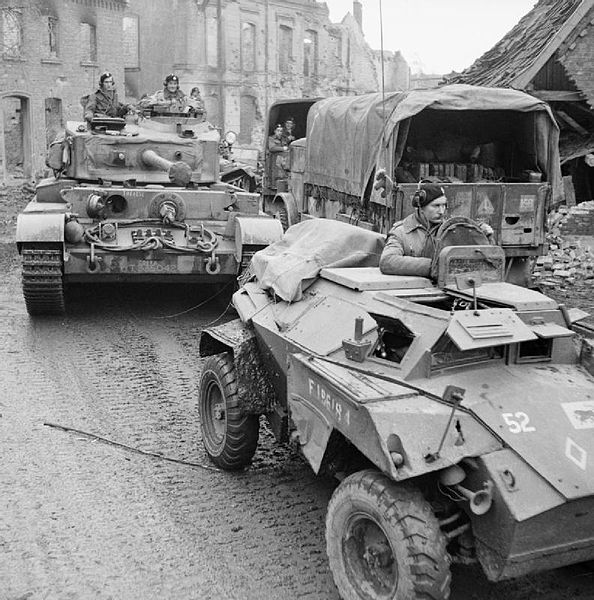
Humber scout car and Comet of 11th Armoured Division in a devastated German town, 30 March 1945
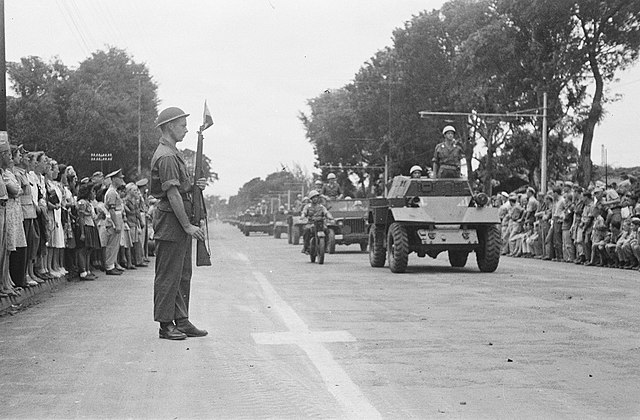
1e_Regiment_Huzaren_van_Boreel_parade
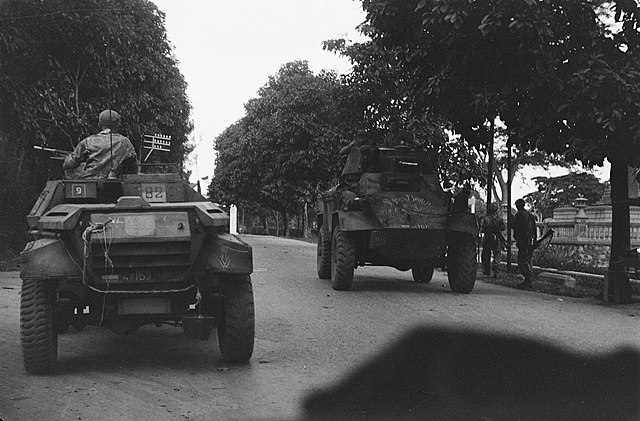
Dutch Humber Scout Cars in Indonesia
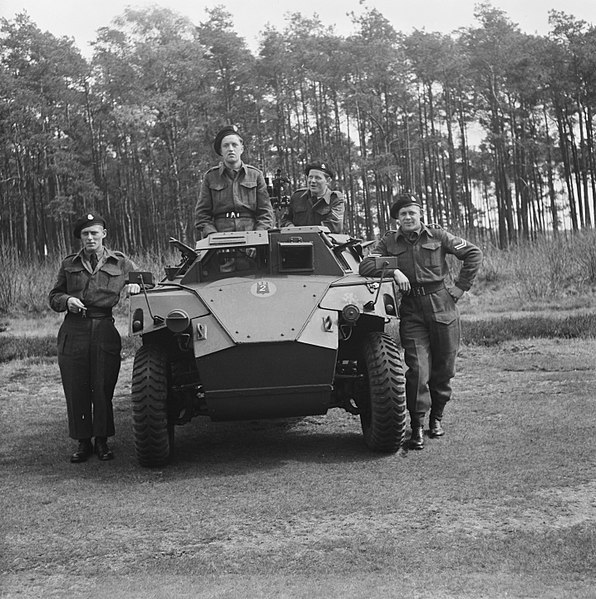
Dutch Scout Car
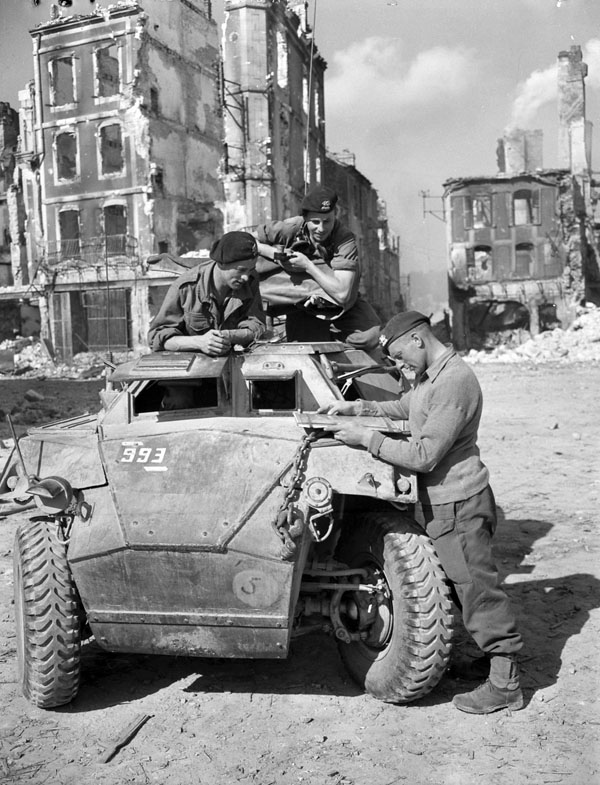
Scout-car in the falaise pocket
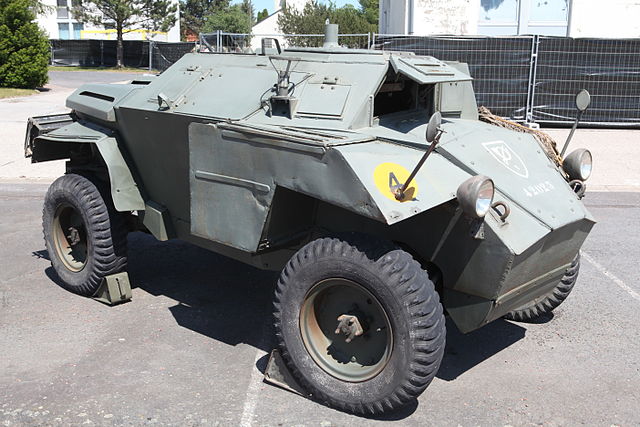
Joost J. Bakker vehicle in IJmuiden
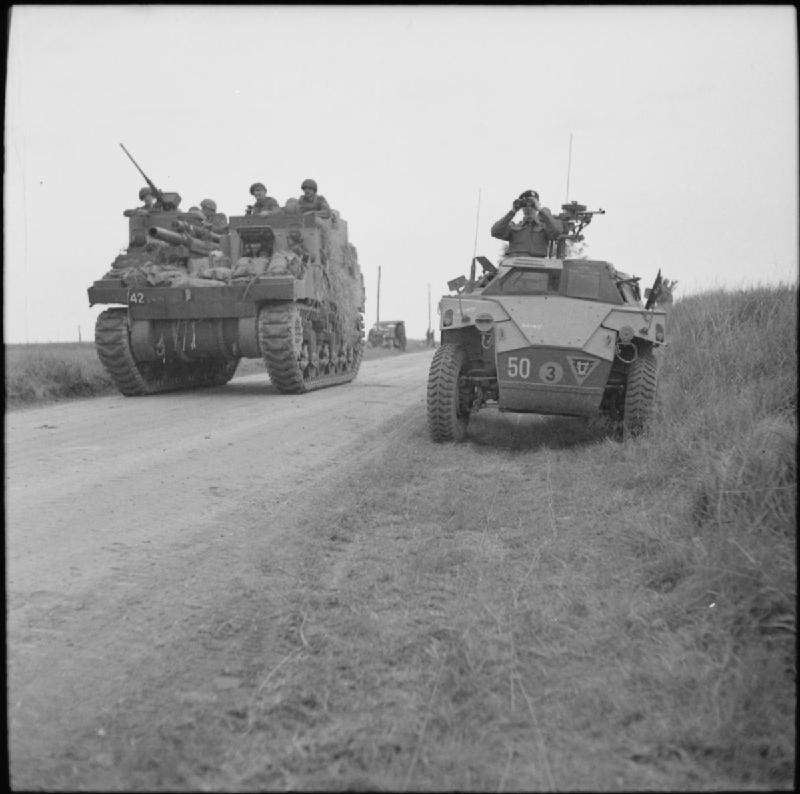
Normandy Campaign 1944 with a Sherman
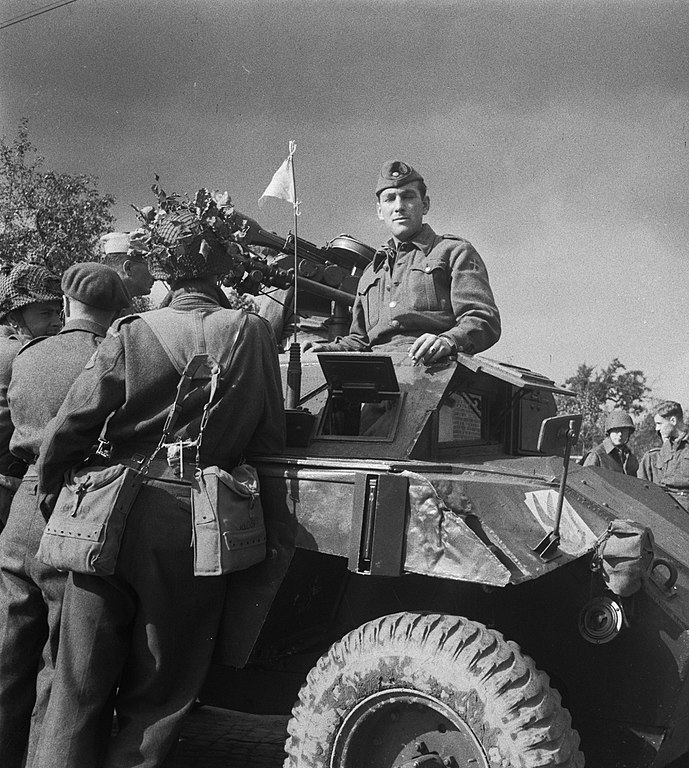
Dutch Manoeuvers of 1947
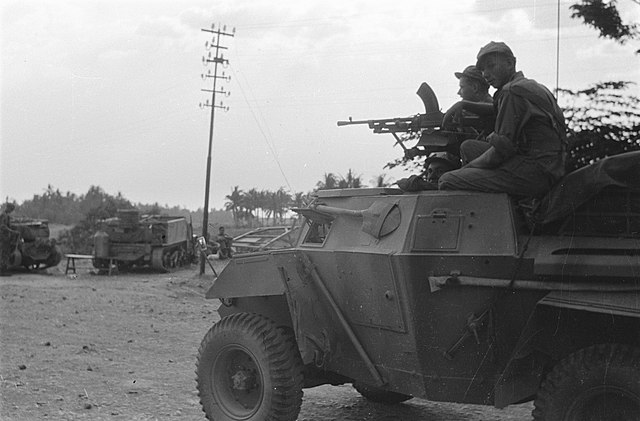
Dutch Humber scout car in 1947
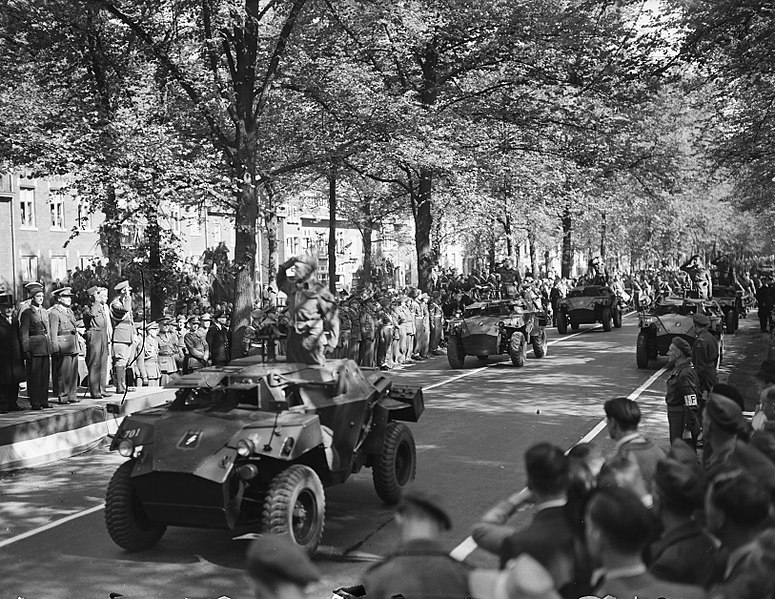
General de Lattre on a vehicle in a parade in the Netherlands
Humber Scouts Today
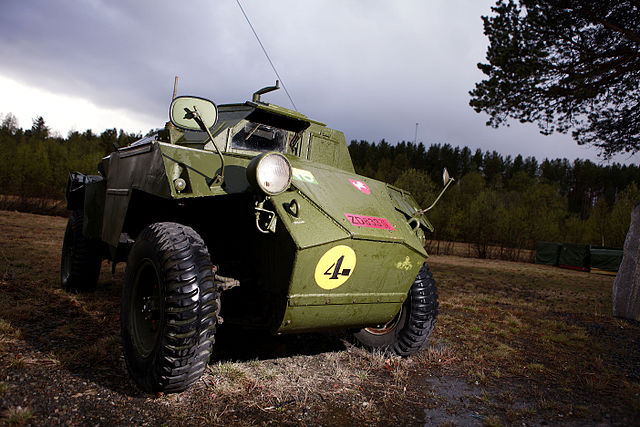
Norwegian Humber Scout Car
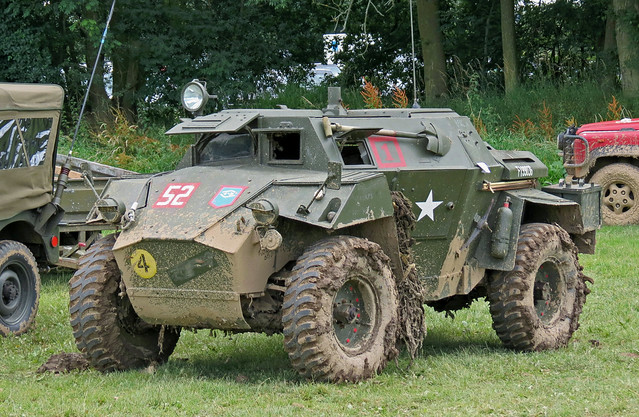

"jack in the box" in Bovington Museum

Danish Vehicle at Overloon

British vehicle, fully working

Same

WW2 Tanks




























WW2 tanks posters

All Tiger tanks liveries.

Panther liveries and variants

WW2 Armour - All tanks











Tanks aces and single tanks series

Find more there

Museums, Movies, Books & Games
The Tanks and Armor in pop culture
Tanks and armored vehicles in general are only really grasped when seen first person: The mass, the scale, it's all there. Explore also the way tanks were covered in the movie industry, in books and in video games.Movies:
Best tanks movie on warhistoryonline.com
On imdb.com
On bestsimilar.com/
miltours.com
liveabout.com/
watchmojo.com
Video Games:
pcgamesn.com
historyhit.com
levvvel.com
vg247.com/best-tank-games
mmobomb.com/
alienwarearena.com

